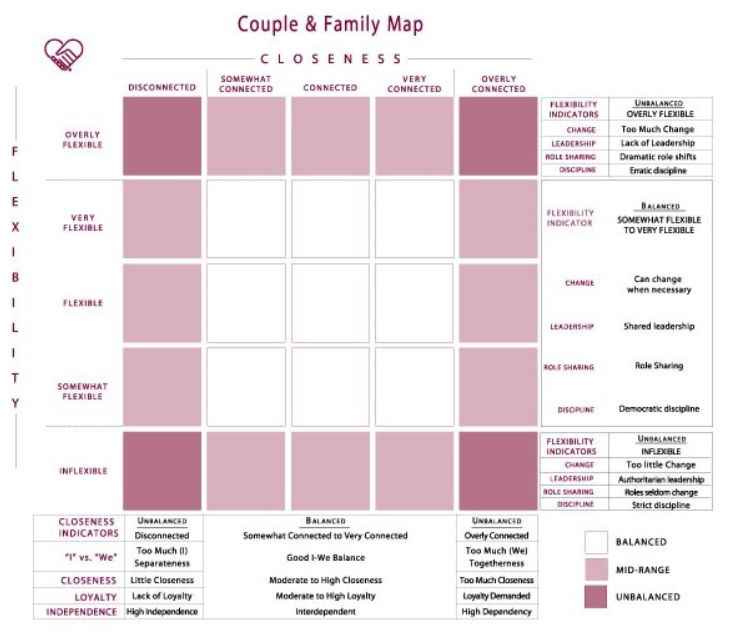How to navigate defense mechanisms
- rogerlinpsyd
- Nov 1, 2022
- 4 min read
Updated: Nov 4, 2022
Defense mechanisms are ways we try to protect ourselves from uncertainty and unpleasant situations.
1. Denial
Denial is refusing to deal with a situation because it is too difficult. You try to protect yourself by acting like the situation is not there. You fill your time with other busywork so you don't have to deal with the difficult situation head on. In the short-term, you postpone the pain of addressing the difficult situation, but in the long run, denial prevents you from making positive changes in your life.
Action step: Take one step to addressing a problem you are having in your life.
2. Repression
Repression is when you bury the thoughts and memory of a difficult situation. You make the decision to shove it down and bottle up the memory of a bad experience. Symptoms of repression include angry outbursts, mood swings, nightmares, anxiety and depressive episodes with no external triggers, and irritability.
Action step: Make a timeline of significant, formative events in your life. Take the time to process the traumatic experiences you have experienced, and understand how these events have affected you.
3. Displacement
Displacement is transferring your emotions from a specific situation to someone or something else entirely. Since it is too difficult to engage with the difficult situation, you shift and redirect your focus towards someone or a different situation that is less intimidating.
Common examples of displacement defense mechanism:
Parenting: A parent who had a difficult day at work, yells at their child when they ask what's for dinner.
Marriage/Finances: A husband who is frustrated that he can't make more money, criticizes his wife for their financial situation.
Action step: Acknowledge that you have blown up at people who have done little to upset you. Apologize to those closest to you, who you have displaced your frustration on.
4. Projection
Projection is assuming that people are thinking and feeling what you are thinking and feeling yourself. We can project positively. For example, when you love, care for, and believe in someone, you may project this and think that they feel that way about you as well. Negatively, projecting can lead to paranoia and anxiety, and cause you to become bitter, cynical, not trusting, and antisocial. Loved ones may try to address your projection by saying things to you like, "You are acting irrationally", "You are not listening to what I'm saying", "I am trying to help you, I am not your enemy."
Action step: Practice making "I statements..." "I am ____. I feel ____. I think ___. I want ___."
5. Reaction formation
Reaction formation is acting the opposite of how you feel. We may act mean to someone we have romantic feelings for. Or vise versa, we may go out of our way to be nice to someone we hate. As with many of these defense mechanisms, reaction formation is often subconscious. You may not even know you are acting in the opposite way of how you feel, if you don't look closely at what you really think and how you really feel.
Action step: Connect the "who" with the "why" and "what". Write down a list of people in your life, explain why they are in your life, and how you want to engage with each relationship.
6. Regression
Regression is when we revert and act like an immature child. We often regress in relational conflicts when we don't get things our way. We regress by stomping our feet, having a temper tantrum, making faces, name calling, whining, slamming doors, and giving the cold shoulder.
Action step: Practice using effective conflict resolution skills such as: empathy, considering all sides, apologizing, and setting boundaries.
7. Rationalization
Rationalization is when you try to explain away bad behavior. It is making excuses, blaming others, justifying, spiritualizing, when in reality: you are responsible for the situation.
Action step: Commit to a challenging goal and practice working towards it. Expose and overcome the excuses you make along the way.
8. Sublimation
Sublimation is redirecting your distress into a productive activity. It is going for a walk after a stressful day. It is making art after you had a verbal argument. Positively, sublimation can help you complete a lot of tasks, as you redirect from negative situations. Negatively, if you use sublimation too often, you will avoid addressing the issue that needs to be resolved.
Action step: Connect the self-care activities where you are "blowing off steam", "taking the edge off" with the stressors you are facing. Be able to connect: "I am having really intense workouts because I'm having difficulty parenting." or "I am getting a lot of chores done because we are financially behind." or "I am working so hard at work because there is tension in my marriage." Once you identify the stress connected to your sublimation, take a step to address the stress.
9. Dissociation
Dissociation is escaping reality (derealization). It is separating yourself from your body, like an out of body experience (depersonalization). Dissociation can lead to escaping, addictive behaviors, self-injury behaviors, day dreaming, or simply having difficulty staying present in the moment.
Action step: Learn and practice grounding techniques when you feel like you are dissociating. Examples: Engage your 5 senses, describe your environment in detail, count, play the "categories" game with yourself, read/recite passages from a book, breathe, stretch.
10. Avoidance
It is our human nature to avoid pain. Out of self-protection, we avoid discomfort. We have an innate, physiological survival mechanism that give us impulses to fight/flight/freeze when we face perceived threats. Avoidance often leads to patterns of procrastination.
Action step: Practice initiating difficult tasks.
There is a psychodynamic internal world within us that undergirds our defense mechanisms. That is for a different blog post. But for now, here is a diagram that shows a hierarchy of defense mechanisms in relationship to adaptiveness and maturity.


Comments